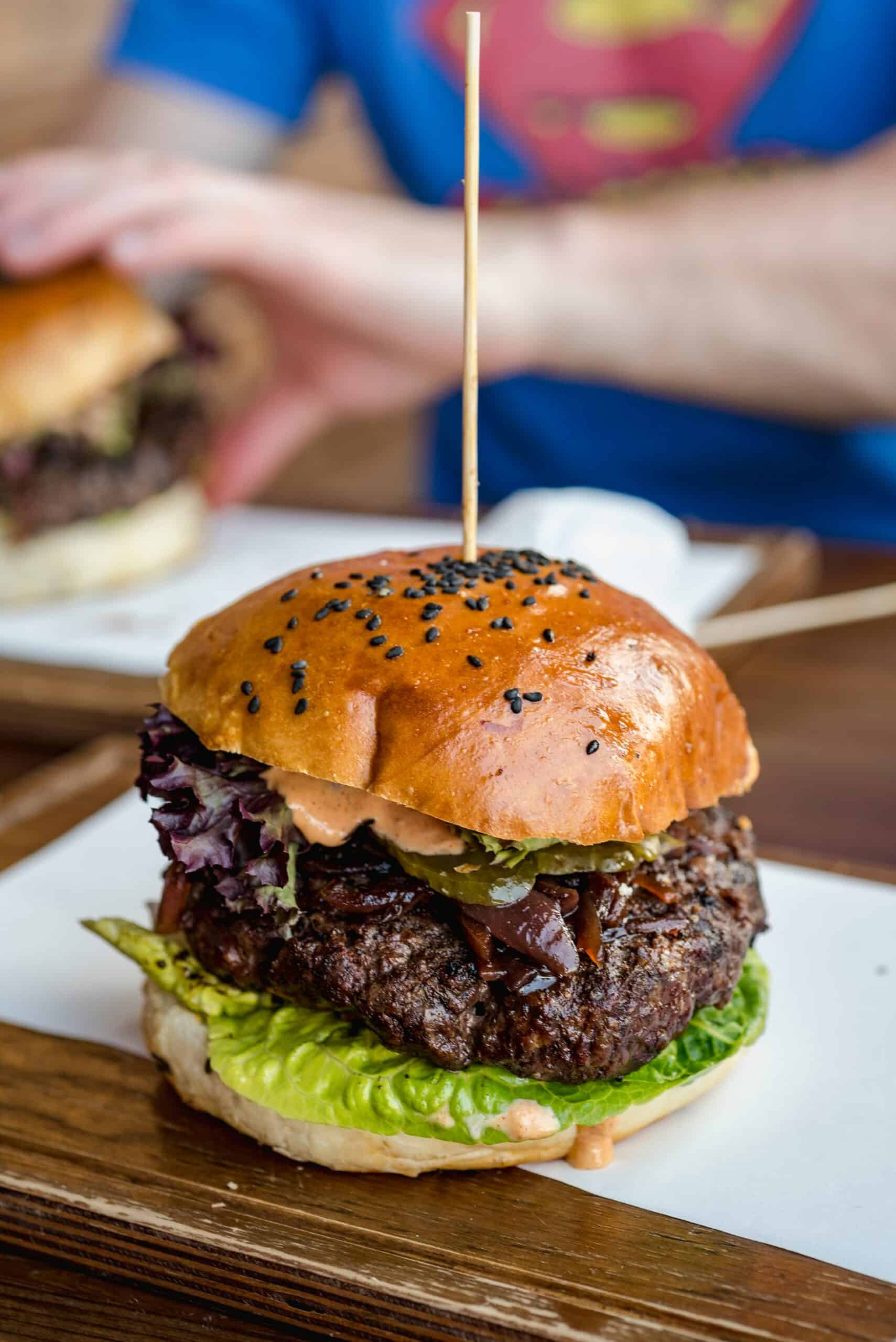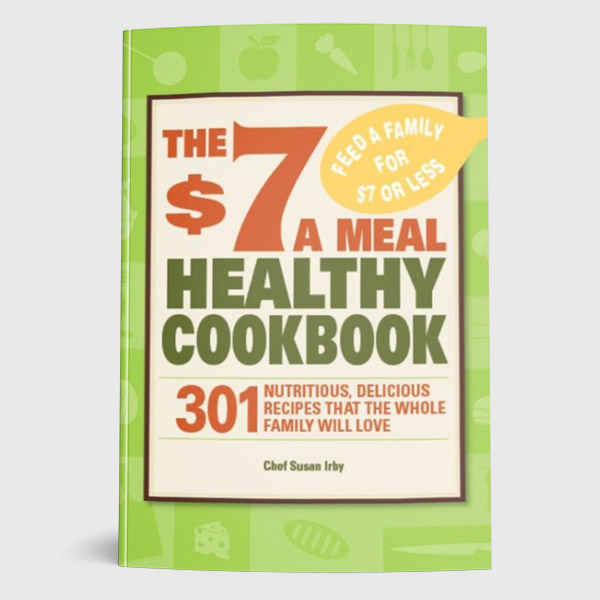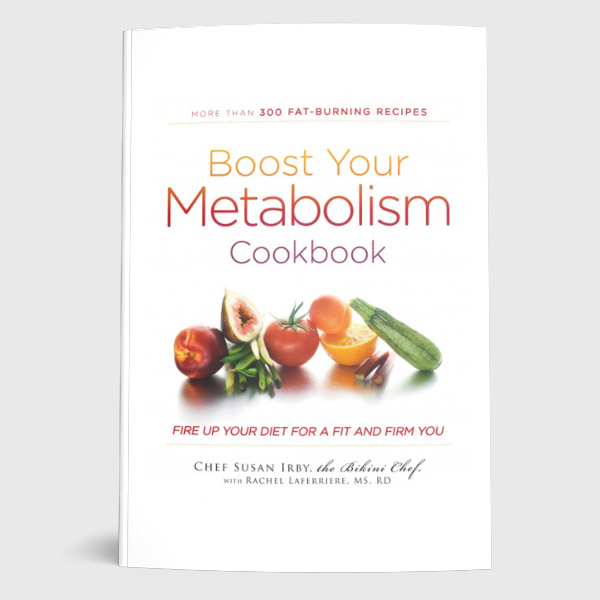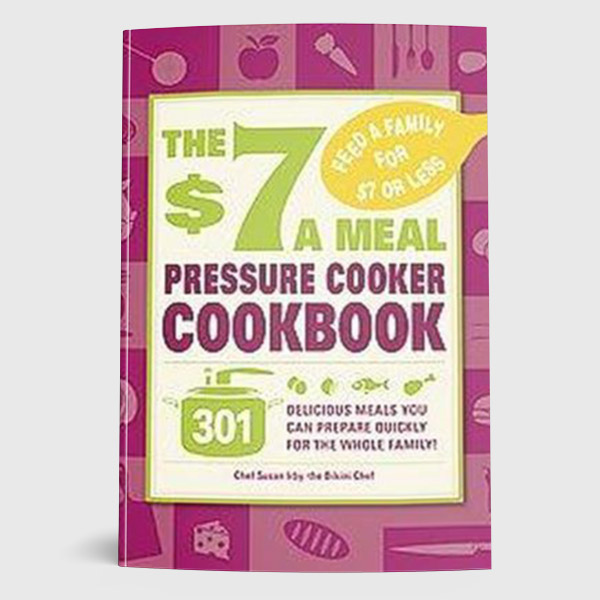
Two #SOBikini Diet Must-Haves for Weight Loss
When starting or maintaining a weight loss journey, the basic problem most people have is that the majority of weight loss plans and diets are trendy and do not follow any proven principals for long term behavioral change. Let’s begin with four #SOBikini simple, effective weight loss guidelines and then we’ll share the Two #SOBikini Diet “Must-Haves” for long-term weight loss.
The Four #SOBikini guidelines for weight loss:
1. Be willing to change your lifestyle. Get your mind set to become more healthy and lose the weight for good which includes long-term, effective lifestyle change.
2. Have a plan. High protein, low carb, low fat combined with workout routines have little impact if you don’t have a plan.
3. Know this >>> It takes 3,500 calories to burn one pound. Make those calories work to your benefit, not demise.
4. Commitment. It takes 4-6 weeks to see permanent change in your body. Don’t give up after week 1 because you aren’t seeing maximum results. Stay committed – you will see some results in weeks 1 and 2 but stick to your plan for maximum results. Remember, a healthy #SOBikini lifestyle is for the long-term.
Now for the Two #SOBikini Diet Must-Haves for Weight Loss:
“Must-Have” Number One >>> PROTEIN:
For long-term weight loss, lean protein must be a priority in your daily eating habits. Protein develops lean muscle tissue in the body and promotes burning fat for fuel. Protein also is essential to helping control blood sugar spikes which lead to unwanted food cravings and hunger.
According to WebMD, a high protein diet is considered consuming 50% or more of daily calories from protein and a “reasonable” consumption of protein is considered to be 30% of daily calories. WebMD also states that research shows there is no danger to eating high amounts of protein unless kidney or liver disease is present. Still, it is important to understand what is the right amount and type of protein best for you – check with your doctor if you have specific questions.
As a general rule of thumb, white meat proteins are healthier choices; dark meat is higher in fat. Always remove the skin before cooking poultry. The skin is loaded with saturated fat which has a chemical makeup in which the carbon atoms are saturated with hydrogen atoms. Saturated fats are typically solid at room temperature. Trim excess fat from cuts of pork and beef. Remember, fat does not flavor food, contrary to popular belief. Good sources of protein include fish such as salmon and halibut, pork tenderloin, lean cuts of beef like filet, bison, and non-meat sources such as quinoa.
Another good source of protein and the least expensive source is eggs. The American Heart Association says “normal healthy adults can safely eat one egg per day.” Popular for protein on-the-go are meal replacement drinks and protein bars. Pay attention to the labels and look for hidden sugar and fat – these products can often do more damage to your diet than good – and make sure they contain at least six grams of protein.
Here is a good source for determining how much protein you need daily: http://www.webmd.com/diet/
“Must-Have” Number Two >>> FIBER:
Fiber helps control hunger. Foods that are high in fiber are usually lower in calories AND they keep you feeling fuller for longer periods of time. If you ate the same weight in foods but one meal was low fiber and the other meal was high fiber, you would lose more weight and feel more satisfied with the high fiber meal which is also typically lower in calories.
Fibrous foods usually take longer to eat and are more satisfying because they stimulate the senses due to their fibrous texture. Good sources of fiber are fresh fruits such as apples and kiwi, vegetables like spinach, kale, and bell peppers, whole grains like barley, and legumes such as lentils. Consistently eating proper portions of fiber-rich foods will provide the health benefits of maintaining a healthy weight, preventing obesity, lowering the risk of diabetes and heart disease, and preventing constipation and diverticulitis.
The recommended daily amounts of fiber for the average adult are as follows:
| Age 50 or younger | Age 51 or older | |
| Men | 38 g | 30 g |
| Women | 25 g | 21 g |















